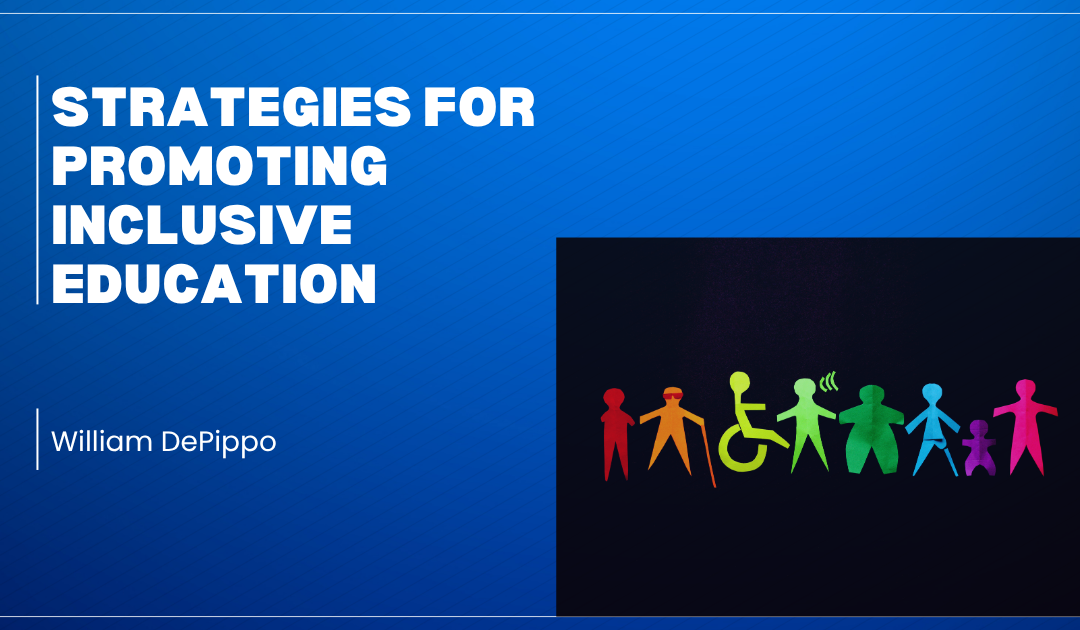Inclusive education is a cornerstone of a fair and equitable society. It ensures that all students, regardless of their backgrounds, abilities, or needs, have equal access to quality education in a supportive and respectful environment. Promoting inclusive education requires a thoughtful approach that addresses systemic barriers, celebrates diversity, and fosters a sense of belonging for every student.
One of the most effective strategies for promoting inclusion is cultivating a classroom culture that values diversity. Teachers can set the tone by modeling respectful language, encouraging empathy, and incorporating diverse voices and perspectives into the curriculum. Literature, history, and social studies offer rich opportunities to showcase contributions from various cultures, races, and identities, helping students see themselves reflected in what they learn.
Universal Design for Learning (UDL) is a powerful framework for inclusion. UDL encourages educators to design lessons that accommodate different learning styles and abilities. This means offering multiple ways of presenting content, engaging students, and allowing them to express what they know. For instance, instead of relying solely on written assignments, teachers might include video projects, oral presentations, or visual artwork as alternative assessments.
Another key strategy is differentiated instruction. This approach involves tailoring teaching methods to suit the varied needs of learners in the classroom. Teachers can use flexible grouping, tiered assignments, and personalized learning plans to ensure that each student receives the support they need to succeed. Differentiated instruction helps close achievement gaps and promotes academic growth for all students, including those with disabilities, English language learners, and gifted students.
Collaborative teaching models also support inclusive education. Co-teaching arrangements, where general and special education teachers work together, can be particularly effective in addressing diverse student needs. These models foster team-based problem-solving and ensure that specialized expertise is available within the general classroom setting. Support staff, such as speech therapists and counselors, also play a vital role in supporting inclusion.
Accessible classroom environments are essential for inclusion. This includes physical accessibility, such as ramps and adaptive furniture, as well as technological accessibility, such as screen readers, closed captions, and speech-to-text tools. Classrooms should also provide sensory-friendly options, like quiet corners or noise-canceling headphones, for students with sensory processing challenges.
Professional development is crucial for equipping teachers with the skills and knowledge to implement inclusive practices. Training should cover topics like cultural competency, differentiated instruction, behavioral support, and disability awareness. Teachers must also learn how to recognize and address implicit bias, which can negatively affect student expectations and outcomes.
Family and community involvement strengthens inclusive education. Parents, caregivers, and community leaders can offer valuable insights into students’ needs and cultural backgrounds. Schools should actively engage families through open communication, inclusive events, and opportunities for collaboration. Building strong home-school partnerships enhances student success and fosters a supportive learning environment.
Creating inclusive policies at the school and district level is also vital. Policies should clearly articulate a commitment to inclusion and outline specific strategies for achieving it. These may include anti-discrimination policies, accommodations for students with special needs, and guidelines for inclusive curriculum development. School leaders play a critical role in modeling inclusive values and holding the community accountable for progress.
Student voice is another important element of inclusive education. Giving students opportunities to share their perspectives, lead initiatives, and participate in decision-making fosters a sense of ownership and belonging. Peer mentoring programs and student-led diversity clubs can empower students to support one another and promote a culture of respect and acceptance.
Assessment practices must also be inclusive. Standardized tests often fail to capture the diverse strengths and abilities of all students. Educators should use a variety of assessment methods, including formative assessments, portfolios, and performance-based tasks, to evaluate student learning more holistically. Feedback should be constructive, affirming, and focused on growth rather than comparison.
Ultimately, inclusive education is not a one-time initiative but an ongoing journey. It requires reflection, adaptation, and a collective commitment to equity and justice. When schools embrace inclusion, they create environments where every student feels seen, heard, and valued. Such environments not only enhance academic outcomes but also prepare students to thrive in a diverse and interconnected world.
By implementing inclusive strategies and fostering a welcoming school culture, educators can ensure that every student has the opportunity to reach their full potential. Inclusive education benefits everyone, building stronger, more compassionate communities where diversity is not just accepted, but celebrated.

